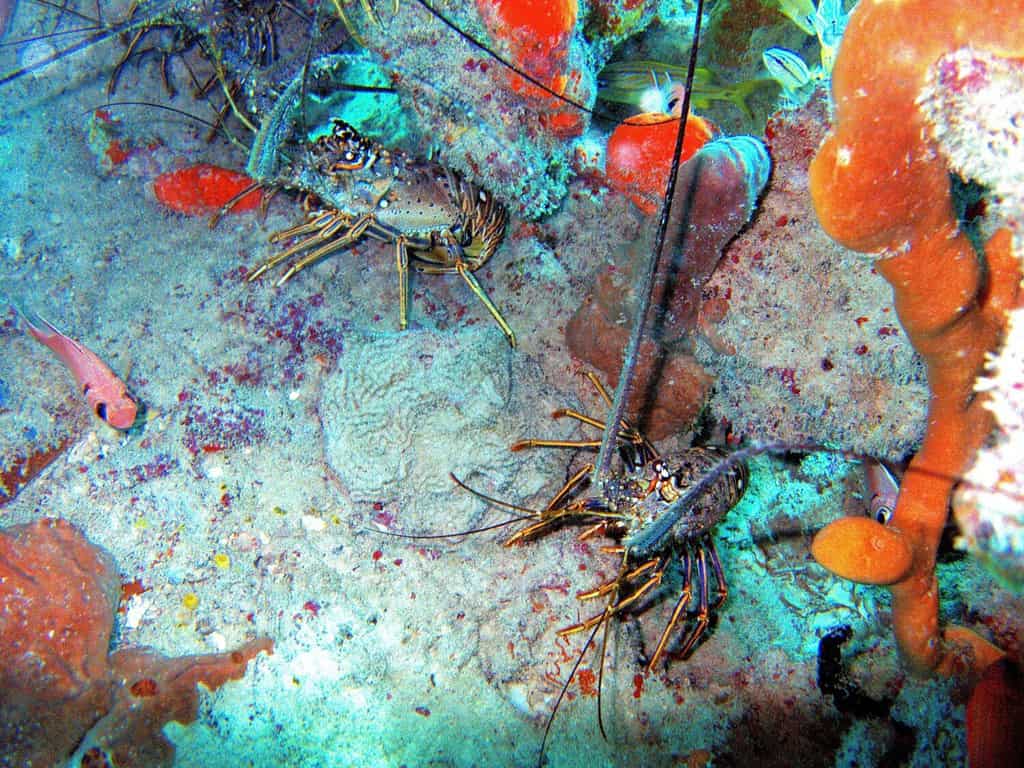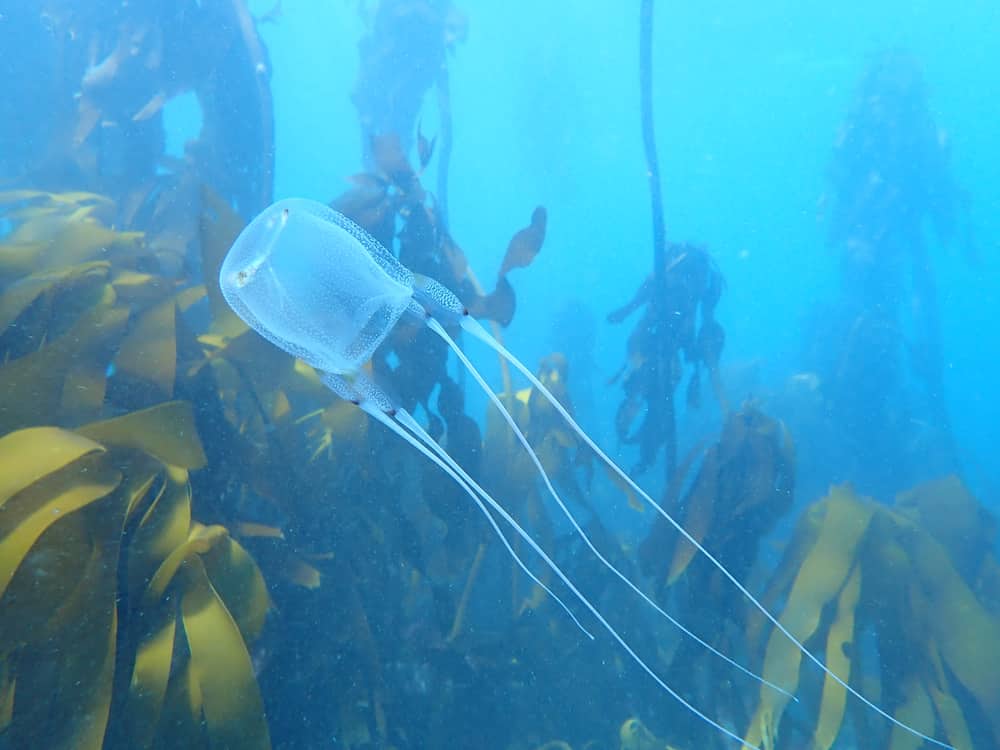The Newport Aquarium is a favorite underwater world attraction in Newport, Kentucky. It’s right across the river from Cincinnati, Ohio, and contains more than one million gallons of water. With 70 exhibits, 14 galleries, and thousands of unique species, the Newport Aquarium is one of the best attractions in the area. Visitors can learn about species through up close observation of both common and rare animals found in oceans and freshwater around the globe. Learn about the Newport Aquarium, including the best time to visit and some of the coolest animals to see.
Is it Worth Visiting the Newport Aquarium?

The Newport Aquarium has shark rays, which are considered very rare.
©yvonne n / CC BY 2.0 – License
This large, well-laid-out aquarium is the perfect weekend activity for the whole family. Not only can you witness unique animals from around the world, but you can also participate in interactive areas and even touch some of the fish. The Newport Aquarium also has a new exhibit, where visitors can meet adorable baby animals of many species. Further, this aquarium is the first to find success in breeding shark rays and has been named several times as one of the best aquariums in the country.
The Best Time to Visit the Newport Aquarium
This busy aquarium can get packed pretty quickly with field trip groups during the weekdays and families on the weekends. To avoid the crowds, visit the Newport Aquarium after 2 PM on weekdays and early mornings or late afternoons on weekends. Generally, mid-weekdays in the late afternoon seem to be some of the best times to check out this attraction.
Newport Aquarium is open year-round, except for holidays. You can get there as early as 10 AM from Monday through Friday and Sunday, or as early as 9 AM on Saturdays. Weekdays close at 5 PM, while weekends run until 6 PM.
Amazing Animals to See at the Newport Aquarium
Shark Ray

The shark ray is a rare species of ray native to tropical waters of the Western Indo-Pacific
©chonlasub woravichan/Shutterstock.com
This unique creature may have you wondering if it is a shark or a ray. Shark rays are a rare species of ray found in the tropical waters of the western Indo-Pacific. They live near the sea floor in coastal waters, where they like sandy and muddy areas under structures. This species is critically endangered in the wild, but the Newport Aquarium has success in breeding them.
Blacktip Reef Shark

Blacktips live in shallow tropical waters near the shore.
©Vladimir Wrangel/Shutterstock.com
The blacktip reef shark is a requiem shark species famous for its black-tipped fins and skittish behavior. These sharks are abundant yet vulnerable in the tropical coral reefs of the Pacific and Indian Oceans. They like shallow waters near the shore, typically around sandy flats and reefs. While this species is shy around humans, it is occasionally responsible for attacks in shallow areas.
White Alligator

These white animals are vulnerable to predators as their white skin makes it difficult to camouflage.
©one5zero/Shutterstock.com
The white alligator is technically just an American alligator with a rare condition called leucism. These ghostly creatures have a yellowish-white appearance due to a genetic defect and they are very rare. White alligators, like regular alligators, live in the Southeastern United States. where they are common in swamps, lakes, and rivers. Young leucistic alligators do not last long in the wild because they are easier to spot and can easily become prey.
Caribbean Spiny Lobster

Caribbean spiny lobsters hide in caves and crevices during the day.
©fsossi/Shutterstock.com
The Caribbean spiny lobster is a large crustacean found on coral reefs, sand flats, and seagrass beds in the tropical waters of the Atlantic Ocean, Gulf of Mexico, and the Caribbean Sea. While this species features a spiny exoskeleton to protect it from predators, it is still a favorite snack for nurse sharks. It’s difficult to spot these creatures in the wild, as they hide in caves and inside crevices during the day.
Moray Eel

Moral eels are often apex predators in their ecosystems.
©Didier Barriere Doleac/Shutterstock.com
The family of moray eels includes 200 species from around the world, including both marine and brackish water. These eels have a serpentine-like appearance because they lack pelvic and pectoral fins. They also feature patterned bodies, wide jaws, and large teeth. Moray eels are carnivorous ambush predators and many of them are apex predators in their ecosystems.
Box Jellyfish

The box
jellyfish
can deliver painful and deadly venom.
©Katherine Wallis/Shutterstock.com
Along with sharks, box jellyfish are another creature you don’t want to encounter in the wild. These invertebrates produce deadly venom, which they deliver through contact with their tentacles. Their venom is for prey and predators, but humans can sometimes suffer the consequence of getting too close. Box jellyfish stings are not only extremely painful, but they can also be deadly without immediate medical intervention.
King Penguin

King penguins can dive more than 1,000 feet underwater.
©David Osborn/Shutterstock.com
Somewhat smaller than the emperor penguin, the king penguin is the second-largest species and lives in the South Atlantic Ocean. These aquatic birds survive on squid, krill, and lanternfish and are known for their exceptional deep-diving skills, often reaching depths greater than 1,000 feet! These birds breed on Subantarctic islands near many other penguin species. However, they are easily distinguishable due to their bright orange and yellow markings.
The photo featured at the top of this post is © iStock.com/damocean
Thank you for reading! Have some feedback for us? Contact the AZ Animals editorial team.






